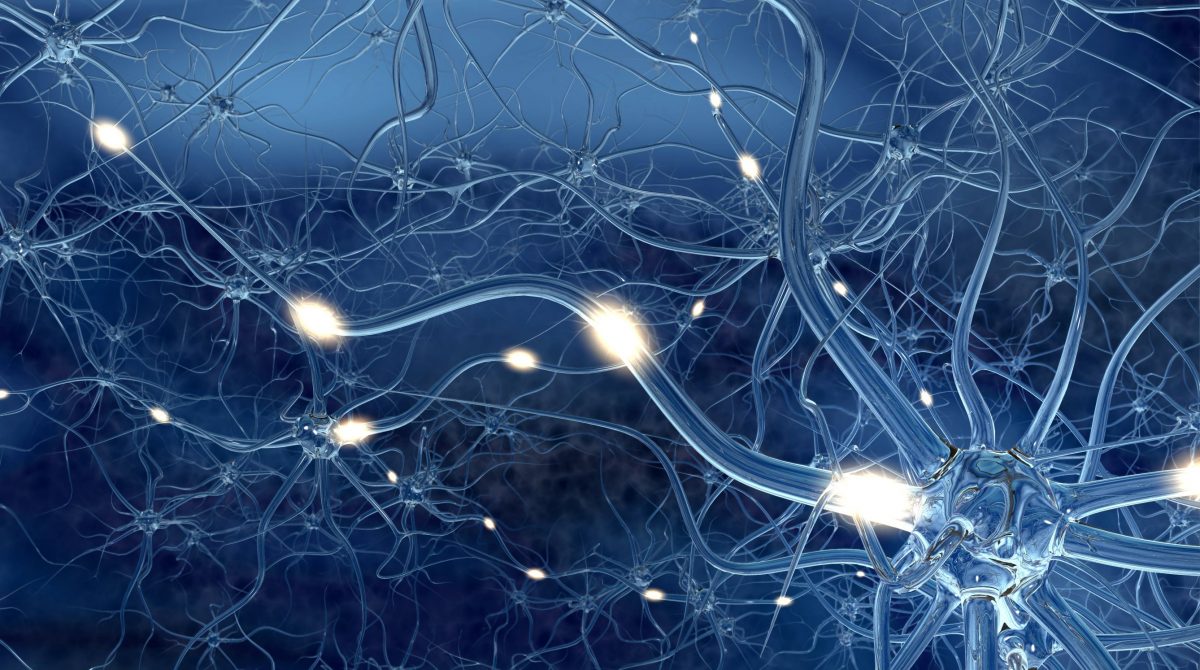Abstract
This review targets to discuss the pharmacological interventions required to treat the accompanying symptoms in autistic individuals. It also highlights the importance of medications in improving the quality of life and their advantages in treatment of autism.
Introduction
Autism spectrum disorders (ASD) is a common neurodevelopmental disorder seen mostly in children who are between the ages of 2 and 3 years. It’s characterized by presence of persistent deficits in social interaction, social communication and presence of restricted repetitive patterns of behaviour, interests and activities (Rosen et al., 2021). In Diagnostic and statistical manual of mental disorders , fifth edition (DSM 5) it has included separate entities like asperger’s disorder, childhood disintegrative disorder and pervasive developmental disorder-not otherwise specified (PDD-NOS) into one diagnostic category called ASD. Its diagnosis is completely based on the individual’s behaviour and not their intellectual ability or any other factor. The prevalence of ASD is approximately 1% and it has a gender preponderance in male patients with a ratio of 4:1(M:F). ASD is also associated with certain comorbidities like gran-dmal seizures, intellectual disability and structural language disorder. People with ASD are at risk of developing psychiatric problems like anxiety, depression, obsessive compulsive disorder and eating disorders (DSM V, 2013).
Symptoms present in ASD
Individuals present with:
(A) Persistent deficits in social interaction and social communication which are manifested with the following features;
- Deficits in social-emotional expression, for example, failure to have normal back and forth conversation, reduced sharing of interest, emotions or affect and failure to initiate or respond to social interactions.
- Deficits in use of non- verbal communicative behaviours, for example, poorly integrated verbal and nonverbal expressions, abnormalities in eye contact and body language, total lack of facial expressions and even deficits in understanding and use of gestures
- Deficits in developing, maintaining and comprehending relationships, for example, individuals tend to have difficulty in adjusting their behaviour to suit various social contexts. Also have absence of interest in peers or even making friends.
(B) Restricted, repetitive patterns of behaviour, interests or activities. Manifested by presence of features like:
- Repetitive or stereotyped motor movements, use of objects or speech. For example, echolalia, lining up toys, flipping of hand or objects.
- Individuals tend to be inflexible in terms of the adherence to routine or having ritualized patterns of verbal or nonverbal behaviour like rigid thinking patterns, difficulties with transition and having certain greeting rituals.
- Having restricted, fixed interests that are abnormal in intensity or focus. For example, being preoccupied with unusual objects, developing strong attachment to specific things and excessive circumscribed or perseverative interests.
- Experiencing hypo or hyperactivity to sensory input or having unusual interest in sensory aspects of the environment. For example, having adverse response to specific sounds or textures, excessive smelling and apparent indifference to pain/ temperature.
All the above features cause clinically significant distress in the social, occupational and other functioning areas of the individuals (DSM V, 2013).
Literature
The mainstay in treatment of autism is use of behavioral therapy to try and improve the quality of life of the patients by integrating the autistic individuals into the society. Pharmacological interventions are useful to treat accompanying symptoms like depression, anxiety, insomnia , irritability , obsessive compulsive disorder (OCD) and eating disorders. Medications used include antipsychotics, antidepressants, anxiolytics and central nervous system (CNS) stimulants.
Inattention and hyperactivity– Studies have shown that methylphenidate which is a mild CNS stimulant is effective in treatment of attention deficit/hyperactivity disorder (ADHD) and narcolepsy (LeClerc & Easley, 2015). It acts by blocking reuptake of noradrenaline and dopamine neurotransmitters at the pre synaptic neurons and also increasing the release of monoamines into the synaptic cleft. Venlafaxine is also useful in relieving self-injurious behaviours and ADHD-like symptoms, though it’s also indicated in treatment of major depressive disorder, generalized anxiety disorder, social anxiety disorder and panic disorder. It acts as a serotonin and norepinephrine reuptake inhibitor (SNRI). The use of SSRIs has to be cautious because they also cause adverse effects like nausea, insomnia, anxiety and sexual dysfunction.
Repetitive behaviours– Selective serotonin reuptake inhibitors (SSRI) like fluoxetine, citalopram and escitalopram are known to treat depression and anxiety disorders in autistic patients. They can also be used to treat obsessive compulsive disorder, panic disorders with or without agoraphobia and also in maintenance treatment of bulimia nervosa (LeClerc & Easley, 2015). There have been a reported improvement in repetitive behaviours among ASD patients who have been on fluoxetine (20 to 80 mg per day).
Aggression and irritability– Antipsychotics have shown some improvement in treatment of irritability and aggression in autistic individuals. They include haloperidol, risperidone, clozapine, aripiprazole and fluphenazine. Haloperidol a common first generation antipsychotic is highly potent and a selective D2 receptor antagonist that has been a record of being more effective in treating acute agitation than the second generation antipsychotics (National Institutes of Health, 2021). Although it’s good in reducing agitation among autistic children, its use has to be cautious because it causes adverse effects like extrapyramidal symptoms (akathisia, dystonia, dyskinesia) and sedation. Second generation antipsychotics like clozapine, aripiprazole and risperidone act as blockers of D2 and 5-HT2A receptors. They have been approved by the Food and Drug Administration (FDA). Though they are used as second line treatment because of their adverse effects, like clozapine is associated with significant weight gain, tachycardia and metabolic syndrome.
Aberrant social behaviour – Autism in children leads to some aberrant social behaviour that have shown reduction when treated using risperidone and haloperidol. Though risperidone is more effective, well tolerated and with less side effects compared to haloperidol which causes extrapyramidal symptoms (LeClerc & Easley, 2015). Intranasal oxytocin has also shown significant effects in reducing social communication and interaction deficits among ASD children. It’s an endogenous hormone used in parturition and lactation.
Insomnia- a common comorbid illness that presents as inability to sleep in autistic individuals. Mirtazapine is an oral antidepressant that acts to enhance central noradrenergic and serotonergic activity. It blocks alpha 2 adrenergic pre synaptic receptors, thereby increasing norepinephrine neurotransmission and causing anxiolytic effects. A recent study show a significant improvement in treatment of insomnia and also relieving aggression and irritability. Melatonin a sleep promoting therapy has also shown a reduction in insomnia when used in autistic children. It acts as a melatonin receptor agonist and improves the regulation of sleep- wake cycle.
Cognitive impairment treatment– Memory impairment is the most common cognitive dysfunction seen in autistic patients. Memantine is indicated in treatment of moderate to severe dementia of Alzheimer’s type. It acts as an N-methyl-D-aspartate (NMDA) receptor antagonist and has shown significant improvement in relieving dementia and attention deficit- like symptoms in ASD patients. Rivastigmine which enhances cholinergic activity by acting as an anticholinesterase inhibitor can also be used in treatment of moderate to severe dementia in autistic individuals.
Conclusion
Autism spectrum disorder is commonly accompanied by symptoms like irritability, insomnia, anxiety and depression. The mainstay treatment is behavioral therapy, though pharmacological interventions are required to relive the distressing symptoms present. Therefore, there is need for more research to be done to help understand the mechanisms involved in treatment of autistic symptoms. It’s also important for one to consider the severity of the symptoms and the adverse effects of medications to be used in managing ASD.
REFERENCES
- Diagnostic and statistical manual for mental disorders (DSM V). (2013, p.51-57).
- National Institutes of Health [NIH]. (2021). Medication Treatment for Autism. https://www.nichd.nih.gov/health/topics/autism/conditioninfo/treatments/medication-treatment
- Sheena LeClerc and Deidra Easley. (2015). Pharmacological Therapies for Autism Spectrum Disorder.
https://www.ncbi.nlm.nih.gov/pmc/articles/PMC4450669/#__ffn_sectitle
- Rosen, N. E., Lord, C., & Volkmar, F. R. (2021, February 24). The diagnosis of autism: From kanner to DSM-III to DSM-5 and beyond – journal of autism and developmental disorders. SpringerLink. Retrieved December 1, 2022, from https://link.springer.com/article/10.1007/s10803-021-04904-1










